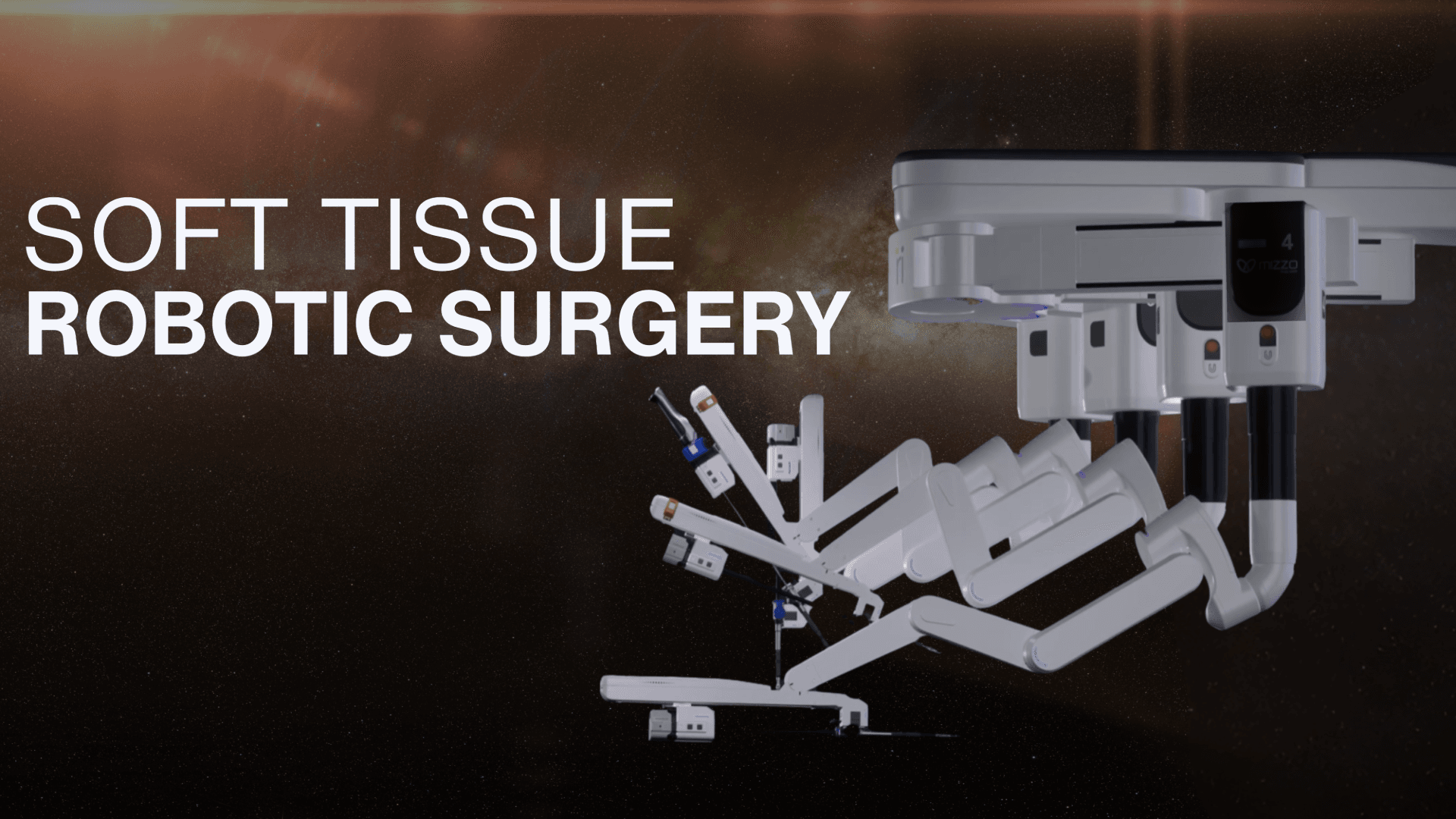
The Role of Robotics in Soft Tissue Procedures: A New Era in Soft Tissue Surgery
Introduction
Soft tissue procedures, when done conventionally, require larger incisions and longer recovery periods. With the arrival of robotics in surgery, a new benchmark has been set.
Today, robotic-assisted systems are transforming how surgeons perform soft tissue procedures. The robotic surgery process offers precision, smaller cuts, and quicker healing, making both the surgical experience and robotic surgery recovery more comfortable for patients.
What is Soft Tissue Surgery?
Soft tissue surgery involves operations on non-bony structures of the body. It covers a range of procedures that include:
- Repairing damaged muscles or ligaments
- Removing abnormal growths
- Treating internal organ complications
- Correcting deformities or injuries
Such surgeries can be planned (elective) or urgent (emergency). Their complexity often demands accuracy and skill, which is why robotics is proving to be a game-changer in this space.
How Robotics Works in Soft Tissue Surgery
Robotic systems act as an extended arm of the surgeon, providing doctors with a better view. The robotic surgery process involves:
- Console control: Surgeons sit at a console and guide robotic arms.
- Enhanced visualisation: High-definition, magnified 3D views of the surgical site.
- Dextrous instruments: Tools that mimic wrist movements, allowing greater precision.
- Stable operation: The robotic arm eliminates natural tremors or twitching. It leads to a steady robotic arm with minimum chances of error.
This combination helps surgeons perform complex procedures with unmatched accuracy.
Traditional Soft Tissue Surgery vs. Robotic- Assisted Approach
Feature | Traditional Soft Tissue Surgery | Robotic-Assisted Surgery |
Incisions | Larger, open cuts | Smaller, precise cuts |
Vision | Standard 2D view | 3D, magnified vision |
Precision | Dependent on manual dexterity | Enhanced with robotic precision |
Recovery time | Often longer | Usually shorter |
Risk of infection | Higher due to larger wounds | Reduced with smaller incisions |
Common Soft Tissue Surgeries: Where Robotics is Making a Difference
Robotics is quietly changing the way many soft tissue surgeries are carried out. It is not just a high-tech upgrade.
Oncological procedures
Robotics has transformed cancer care in soft tissue in most areas, like gastrointestinal, colorectal, prostate, kidney, bladder and gynaecological cancer; robotic assistance allows surgeons to remove tumours with accuracy while sparing nerves and healthy tissue.
Hernia repair
Robotic systems let surgeons work through very small cuts, making it easier to position the mesh with accuracy. It often means less pain after surgery, smaller scars, and a quicker return to daily activities.
Thoracic surgeries
Operations inside the chest involve sensitive organs like the lungs and oesophagus. Robotics helps surgeons move steadily in these small spaces, reducing risks during surgery and often allowing patients to go home sooner.
Colorectal surgery
Removing diseased tissue from the colon or rectum can be challenging in narrow areas. Robotic assistance gives surgeons precise control, which helps limit bleeding and protect surrounding tissue. Patients usually notice faster recovery of normal bowel function.
Gynaecological procedures
Surgeries such as hysterectomy or fibroid removal become easier with robotic guidance.[2] Surgeons benefit from a magnified 3D view, while patients often observe less bleeding, reduced complications, and less discomfort.
Urological surgeries
Operations on organs like the bladder, kidneys, or prostate demand delicate handling. Robotics allows surgeons to work with improved vision and precision, helping to preserve nerves and functions that are vital to a good quality of life.
Future of Robotics in Soft Tissue Surgery
The future holds exciting possibilities:
- Artificial intelligence integration: It will assist and predict during surgery to make them more seamless and intuitive.[3]
- Augmented reality (AR): Overlaying digital images on real-time visuals. It can allow surgeons to have a better understanding.
- Remote surgeries: Surgeons operating on patients miles away.
- Smaller, smarter systems: Portable and more accessible robotic technology.
Conclusion: Setting a New Benchmark in Surgical Care
Robotics in soft tissue surgery is the future of surgical innovation, setting a new benchmark. By combining surgeon expertise with advanced technology, these systems are transforming surgical outcomes. While there still are challenges, the potential of robotics. There is still a promise of a future where soft tissue surgeries become less daunting and recovery is more reassuring.
FAQs
What makes robotic soft tissue surgery different from traditional methods?
Robotic surgery is minimally invasive because of smaller cuts, 3D imaging, and enhanced precision compared to traditional open surgeries.
How long does robotic surgery recovery usually take?
Recovery is faster than traditional surgery, but it depends on the patient's medical history, condition and the type of procedure.
Is the robotic system performing the surgery by itself?
No, the surgeon is always in control. The robotic system assists with accuracy and stability.
Are there risks in robotic surgery?
Like any surgery, risks exist, including infection or complications. However, smaller incisions often reduce these risks.
What does the robotic surgery process involve?
It involves the surgeon controlling robotic arms from a console, with enhanced visuals and precision tools.


